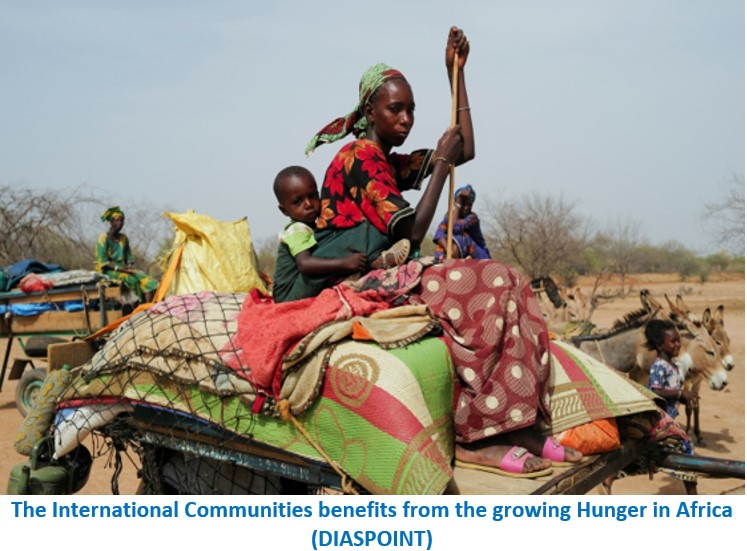The humanitarian community warns that 34.5 million people need humanitarian assistance as violence haunts the Sahel region
Post By Diaspoint | June 12, 2023

The UN and partners’ regional humanitarian assessment for the Sahel shows one in three people need aid and protection across Burkina Faso, Far North Cameroon, Chad, Mali, Niger and north-east Nigeria.
Dakar, 9 June 2023: Driven by spiraling violence, displacement, food insecurity and climate hazards, the humanitarian crisis in West Africa’s Sahel region is rapidly deteriorating with one in three people now in need of urgent aid and protection, according to the Humanitarian Needs and Requirement Overview for the Sahel 2023, published today by the United Nations and humanitarian partners.
Conflict and violence are the main drivers of humanitarian needs in 2023. Security has deteriorated steadily since 2015, with a sharp increase in civilian casualties in 2022, when 4,555 were killed, a 42 per cent increase compared to the previous year. More than 1,500 civilians have been killed so far this year.
Insecurity is displacing entire communities, across Sahel and beyond the region, hampering social cohesion, and is contributing to a food and nutrition crisis affecting 11.2 million people.
Of a total population of 109 million people in the region covered by the assessment, more than 34 million need humanitarian aid and assistance. Nearly 6 million people are considered having “catastrophic” needs. More than half of those in need are children.
In 2023, 6.6 million people are on the move due to persecution, conflict and human rights violations. More than one million of them fled across international borders as refugees. Attacks by non-state armed groups and the fear of imminent attacks account for nearly 75 percent of displacement in the region.
Insecurity and attacks on aid workers is also reducing humanitarian space and making it challenging for organizations to operate in the field and for affected people to access aid.
The Sahel region, already grappling with desertification, is also facing seasonal flooding which last year resulted in more than 1000 deaths and 2.9 million people displaced. The floods also destroyed nearly half a million homes and devastated 1.5 million hectares of agricultural land.
In just one year, funding needs for the region have increased by 14 percent due to the escalation of the crisis. Despite a small increase in funding of an additional US$400 million received between 2020 and 2022, a significant funding gap of nearly $2 billion remained in 2022. This translated in life saving assistance that could not be delivered.
Read More from original source
